Throughout history, the realm of wartime leadership has often challenged traditional notions of age constraints. In many cases, people of varying ages have risen to the challenge of warfare leadership, demonstrating that age can be an asset, as opposed to a hindrance.
To compile a list of the most senior wartime leaders in history, 24/7 Tempo consulted sources such as Britannica and Historynet. The list encompasses not only heads of state, but also notable military commanders who led armies or navies well into their later years during times of conflict, as well as those who held positions of military power into their elder years.
Among the leaders on our list, several were called out of retirement to serve their nations when they were in their 80s. Paul Von Hindenburg was called back from retirement to rescue the German Army on the Eastern Front in WWI, and then returned from retirement again in 1925 to assume the presidency of the Weimar Republic, a position he held until his death in 1934 at age 87. Similarly, Henri-Philippe Pétain, celebrated as a French WWI hero, was pulled out of retirement by the collaborationist Vichy government to assume the role of “chief of state” following France’s collapse in WWII.
The monarchs of the Netherlands, Denmark, and Norway each served their countries during both world wars. The sovereigns of the Netherlands and Norway rallied their people while they were in exile during WWII. In contrast, King Christian X chose to remain in Denmark during the German occupation, and his defiance led to his imprisonment in 1943, where he remained until the war ended. All three monarchs returned to their nations in triumph.
Two distinguished military leaders in Asia with extensive and renowned military careers challenged the Western perception of Asian strategic ability. Admiral Tōgō Heihachirō, at the age of 57, orchestrated brilliant tactics that led the Japanese fleet to a historic victory over the Russian Navy’s Baltic fleet in the Battle of Tsushima during the Russo-Japanese War in 1904 and ‘05.
Võ Nguyên Giáp led Vietnamese forces against the Japanese during WWII, defeated the French in the First Indochina War (1946-54), and, at the age of 63, he commanded the North Vietnamese triumph over America’s South Vietnamese allies in the Vietnam War.
Some of these wartime leaders fought until their final days. Prince Mikhail Illarionovich Golenishchev-Kutuzov, for instance, passed away at the age of 67 in 1813 due to illness while leading Russian troops in pursuit of Napoleon’s forces following their retreat from Moscow. (These are the countries with the oldest leaders.)
Here are the oldest wartime leaders in history:
Mariano Álvarez (1818-1924)

- Title: Filipino general and president of the Magdiwang
Mariano Álvarez assumed the presidency of the Magdiwang branch of the Katipunan at the age of 78. As a general, he spearheaded rebellions against the Spanish in the province of Cavite, and played a pivotal role in launching the Filipino revolution there. The municipality of General Mariano Álvarez in Cavite is named for him.
Võ Nguyên Giáp (1911-2013)
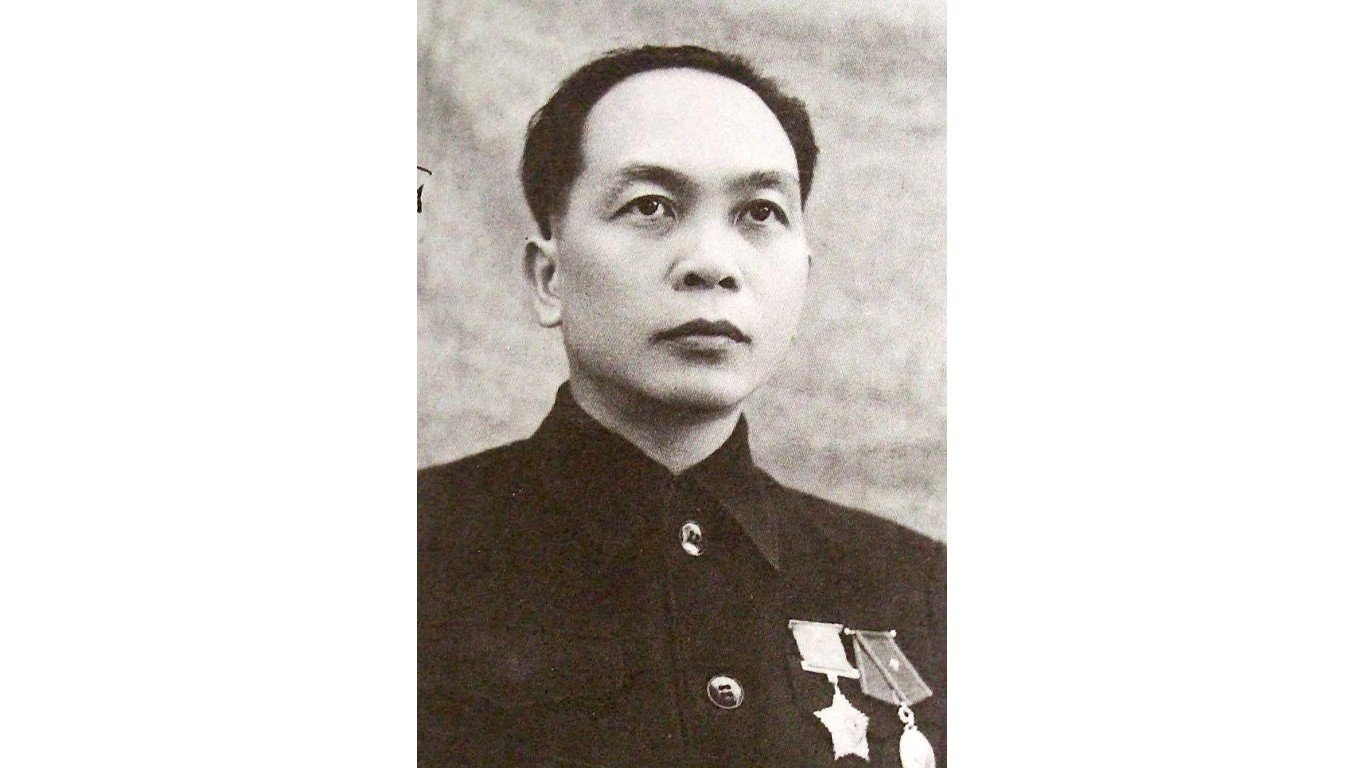
- Title: Vietnamese general and minister of defense
Often referred to as the “Red Napoleon,” Võ Nguyên Giáp stands as one of the most outstanding military minds of the 20th century. During WWII, he led the Viet Minh resistance against Japanese occupation forces in Vietnam. Serving as principal commander of the People’s Army of Vietnam, he played instrumental roles in both the First Indochina War (1946-54) and the Vietnam War (1960-75). He also served in the battle of Điện Biên Phủ (1954), the Tết Offensive (1968), and the final Ho Chi Minh Campaign (1975) at the age of 63.
Tokugawa Ieyasu (1543-1616)

- Title: Japanese shōgun (military dictator)
At the age of 57, Tokugawa Ieyasu won the Battle of Sekigahara in 1600, considered the most important conflict in Japanese feudal history. He then became the first shōgun of the Tokugawa Shogunate, establishing a unified military government that lasted for more than 250 years.
Paul von Hindenburg (1847-1934)
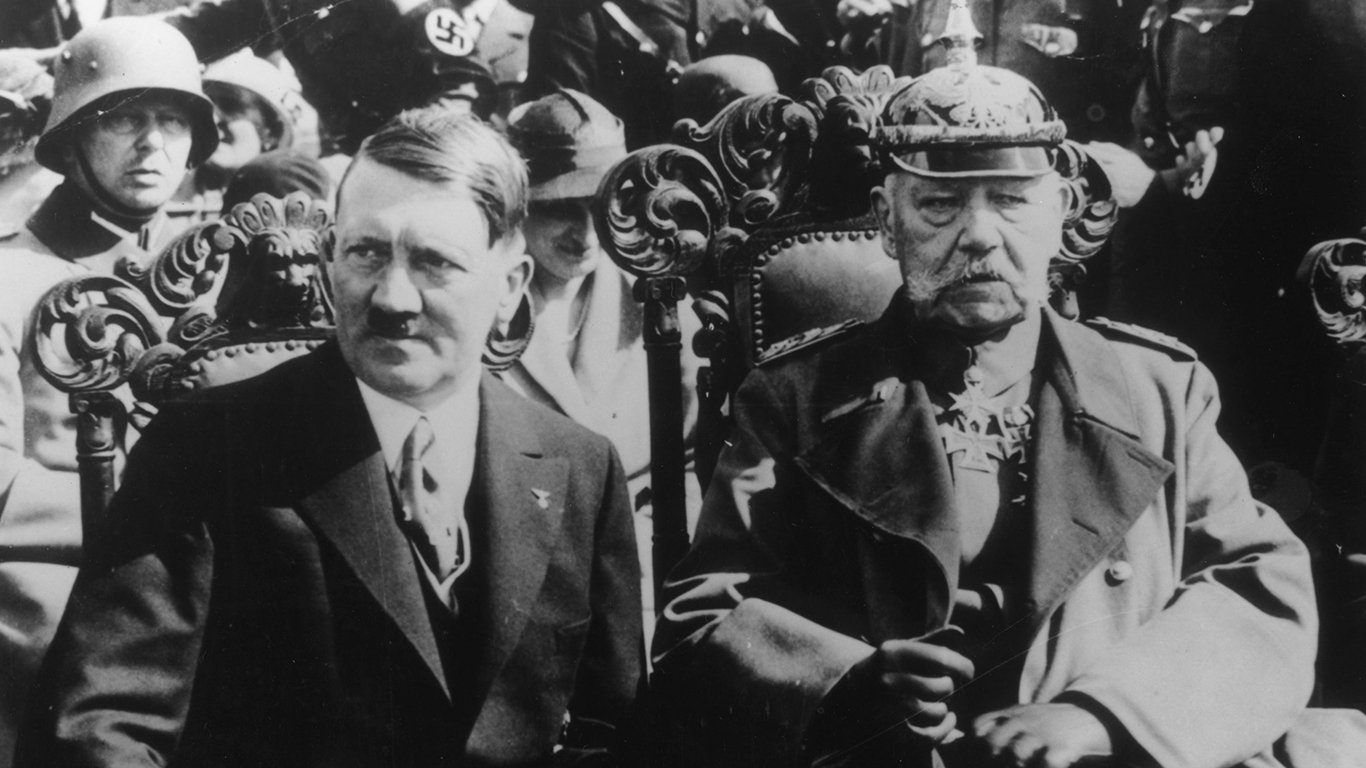
- Title: German field marshal
Paul von Hindenburg’s military career spanned significant chapters of German history. He fought in the Austro-Prussian War in 1866 and the Franco-Prussian War four years later, then retired as a general at 64 years of age in 1911. He was called back from retirement at the outbreak of WWI when the Russians invaded East Prussia. Alongside General Erich Ludendorff, he led the German army in driving out the Russian forces, earning him widespread acclaim and national hero status. Despite retiring again in 1919, Hindenburg returned to public service in 1925 as president of the Weimar Republic, a position he held until his death in 1934 at the age of 87.
Vasily Chuikov (1900-1982)

- Title: Soviet military leader
Vasily Chuikov joined the Red Army at the age of 18 during the Russian Revolution. Over his 55 years in the military, he fought in the Russian Civil War and the Winter War with Finland, and during WWII he led the defense of Stalingrad as one of the commanders who led Soviet forces into Berlin. Chuikov personally accepted the German surrender of Berlin on May 2, 1945, at the age of 45. While that was the end of his wartime experience, Chuikov continued to serve as the head of the Soviet Civil Defense Forces until the age of 72.
Douglas MacArthur (1880-1964)
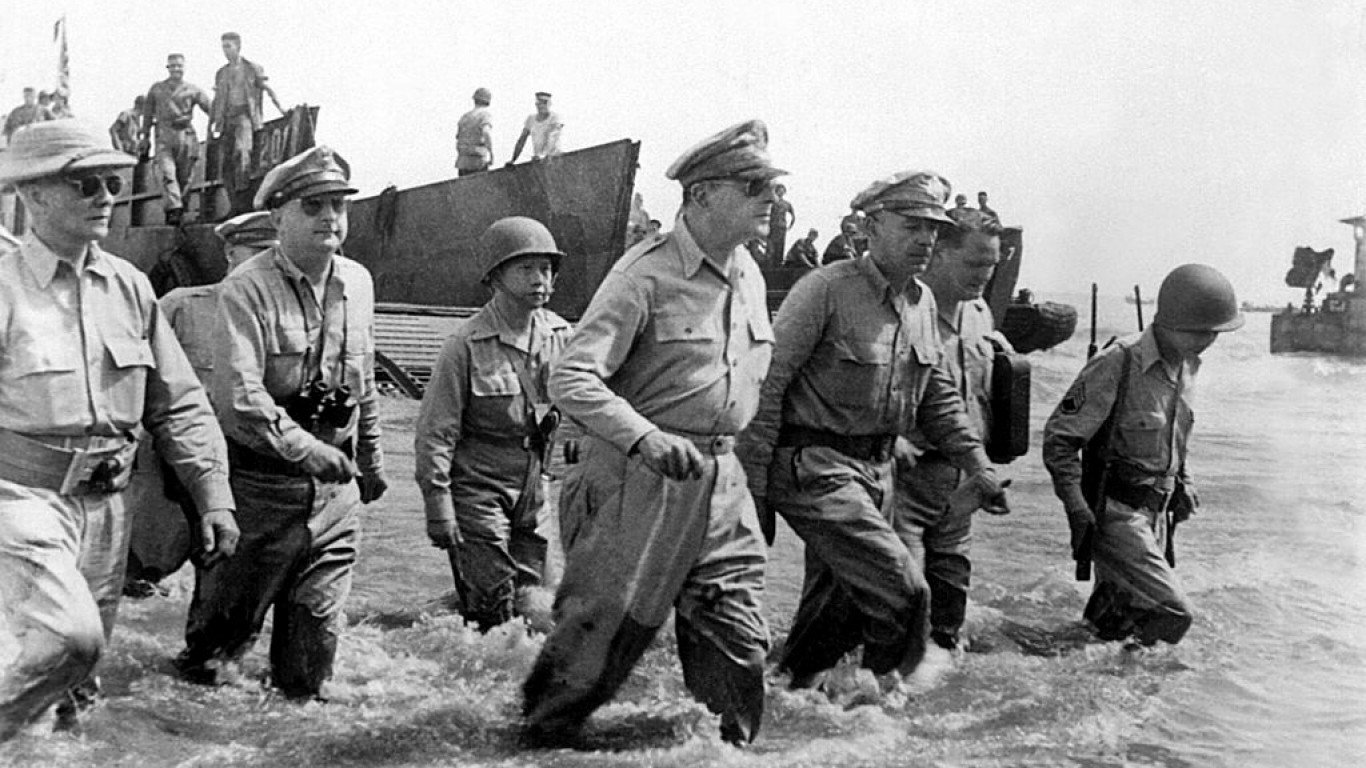
- Title: American general
Douglas MacArthur served in the U.S. Army for over six decades. After fulfilling diverse roles in the U.S. and the Philippines, he was recalled to active duty at the age of 61 in July 1941 during Japan’s aggressive expansion in Asia. He was instrumental in the liberation of the Philippines and led the Allies to victory over Japan, then served as Allied commander during the Japanese occupation in 1945-1951. At the age of 71, MacArthur commanded UN forces against communist forces in South Korea.
Winston Churchill (1874-1965)
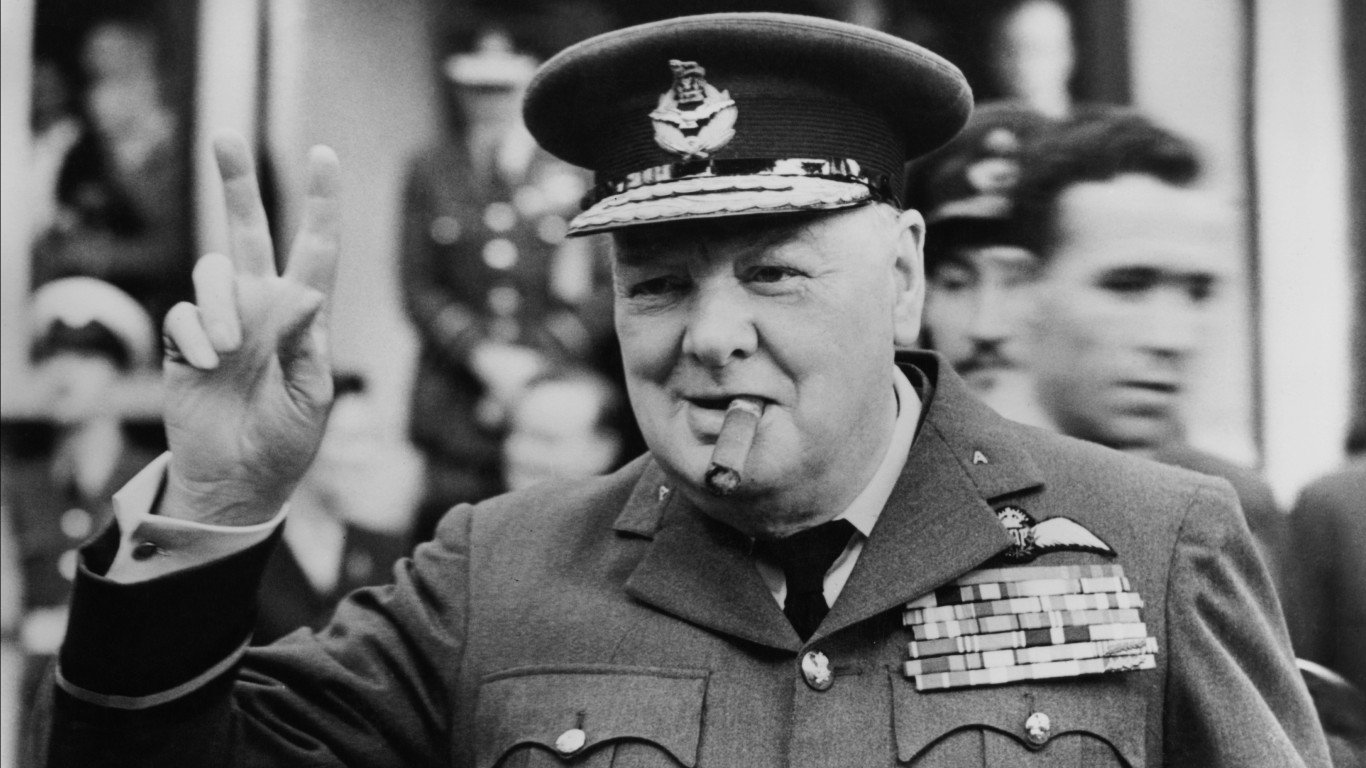
- Title: British prime minister
Winston Churchill stands as a colossal figure in 20th-century statesmanship. After beginning his career as a journalist reporting on the Boer War in 1899, Churchill’s transition to politics began when he joined the House of Commons as a Conservative member. Churchill’s fierce spirit epitomized British resistance to Nazi Germany. Assuming the role of prime minister at age 64 during WWII, Churchill led Great Britain to victory against formidable odds. In 1951, the 77-year-old Churchill became prime minister for the second time, serving until his final retirement in 1955.
Henri-Philippe Pétain (1856-1951)
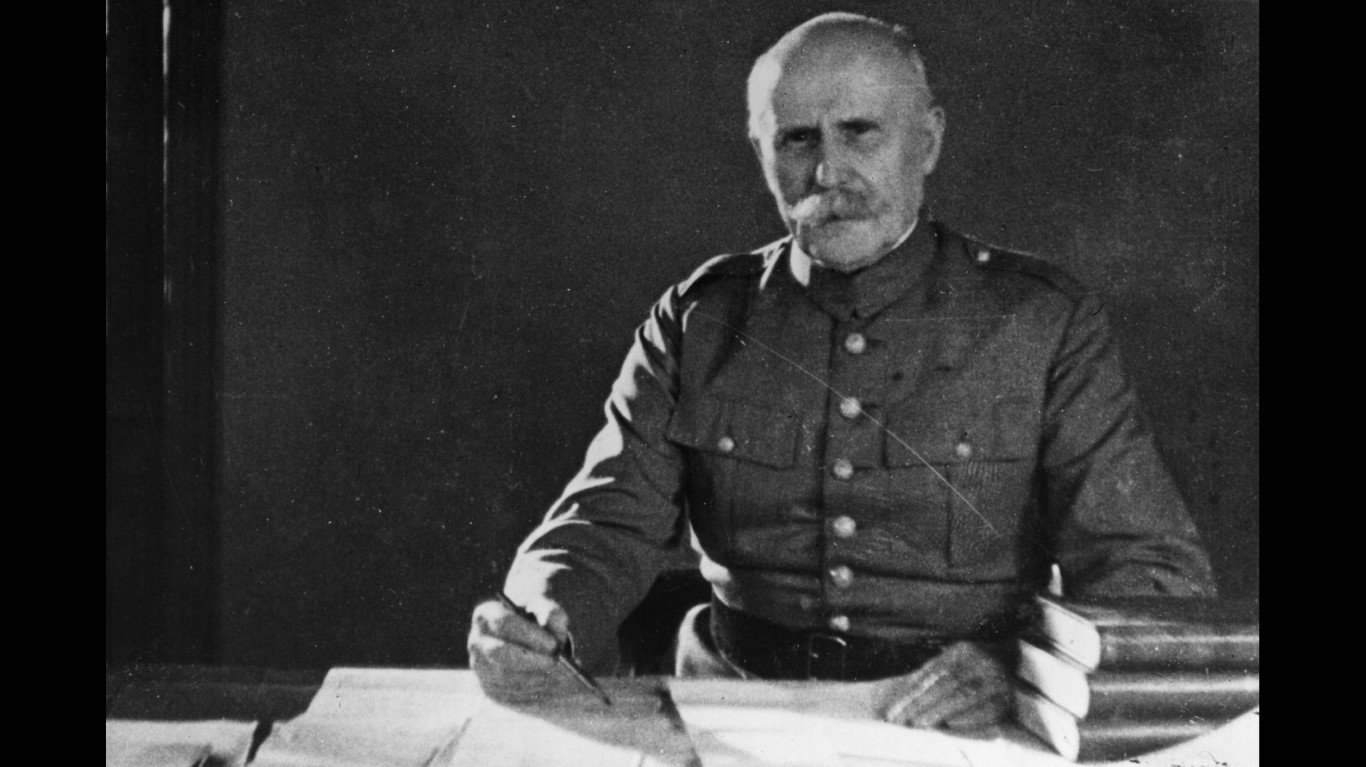
- Title: Chief of the French State
Henri-Philippe Pétain became a general in the French army at age 58 at the onset of WWI. Renowned for his stalwart defense of the fortress of Verdun against German forces, Pétain won widespread acclaim. However, his legacy was tainted during WWII when, amidst the collapse of French resistance following the German invasion in May 1940, the collaborationist Vichy government conferred almost absolute power upon Pétain at the age of 84. After the war, he was sentenced to death for collaborating with the Germans. The sentence was commuted to life in prison, where he died at age 95 in 1951.
Golda Meir (1898-1978)

- Title: Israeli prime minister
Golda Meir, once a Milwaukee schoolteacher whose family fled from Russian pogroms, became a fervent Zionist who helped establish the state of Israel. She assumed the role of foreign minister in 1956 and in 1969 became Israel’s first female prime minister. At 74, Meir led Israel to victory over Arab forces in the Yom Kippur War of 1973.
Emperor Franz Joseph (1830-1916)

- Title: Emperor of Austria-Hungary
Franz Joseph I was the face of European monarchy throughout much of the 19th century and into the early 20th century. Leading a multi-ethnic empire, Franz Joseph reluctantly conceded greater autonomy to Hungarians and other minorities. However, as the empire declined and faced internal strife, it found it was ill-prepared for war when the 83-year-old’s heir apparent, Franz Ferdinand, was assassinated in Sarajevo, setting off the chain of events that led to World War I.
William Lyon Mackenzie King (1874-1950)

- Title: Canadian prime minister
William Lyon Mackenzie King holds the distinction of being the longest-serving prime minister in Canadian history, with a total of 21 years and 154 days in office. Serving through the WWII years, King’s leadership saw Canada achieve greater independence from Britain and gain a stronger international voice. At the age of 74, he left office in 1948, leaving a legacy of political stability and progress for Canada.
Jan Smuts (1870-1950)

- Title: South African prime minister
Jan Smuts held the position of prime minister of the Union of South Africa from 1919 to 1924 and again from 1939 to 1948, leaving office at the age of 78. He fought against the British in the Second Boer War (1899-1902), which ultimately led to the loss of the Boers independent republics. Despite this, Smuts struck an accommodation with the British and as prime minister during WWII, he brought South Africa into the war against Nazi Germany. Despite being an Afrikaner himself, he worked diligently as prime minister to maintain South Africa’s ties within the Commonwealth.
Kliment Yefremovich Voroshilov (1881-1969)
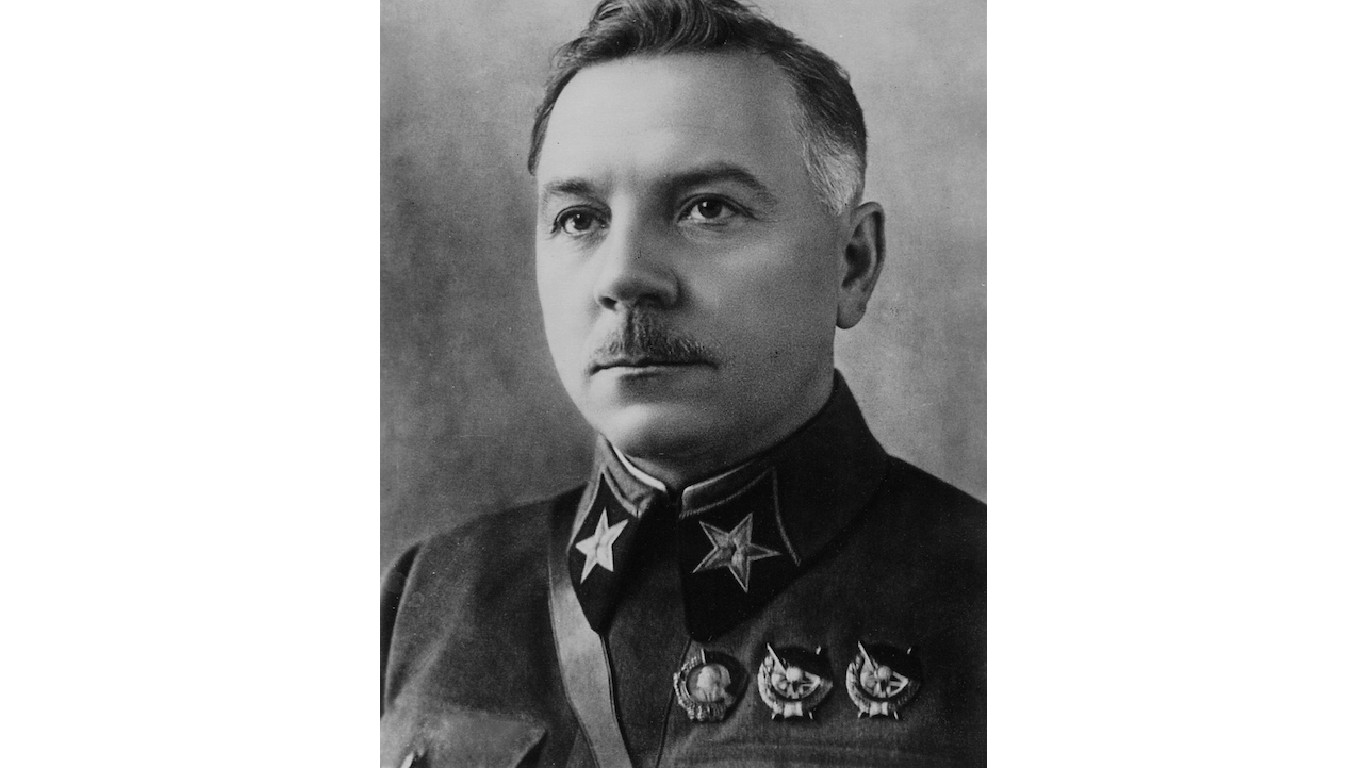
- Title: Soviet military leader
Kliment Yefremovich Voroshilov was one of five marshals of the Soviet Union, that country’s highest military rank. He began his military career in the Red Army and was actively engaged in the Russian Civil War. His close alliance with dictator Joseph Stalin led to his appointment as people’s commissar for defense. The 60-year-old Voroshilov was dismissed for the early disasters of the Red Army in WWII, including failing to stop the German siege of Leningrad in 1941. He continued to serve in various military roles during the war and later served in the Soviet government until his retirement in 1960.
King Haakon VII (1872-1957)
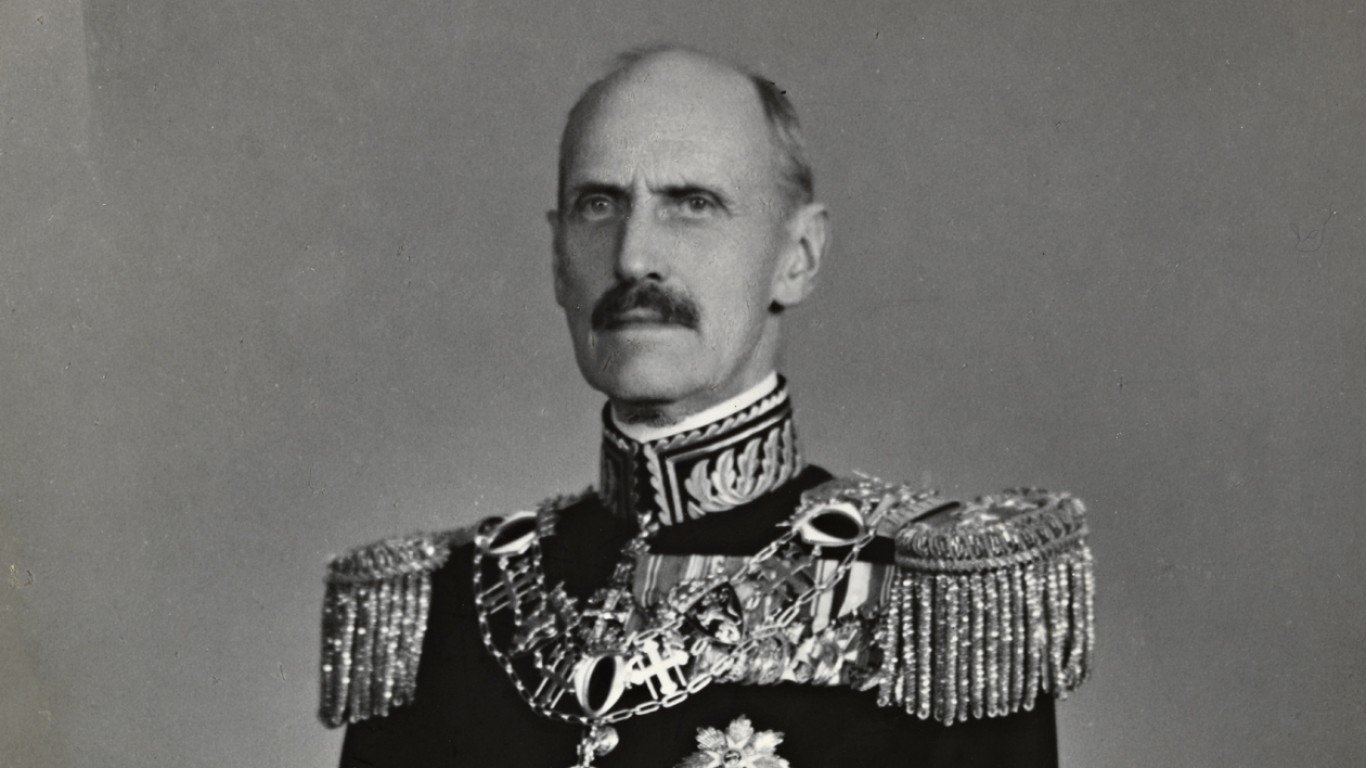
- Title: King of Norway
King Haakon VII was the first king of Norway after the nation gained independence in 1905. He served his nation during both world wars. Throughout WWII, Haakon resisted German pressure to endorse the puppet regime led by Vidkun Quisling, refusing to abdicate even after going into exile in Great Britain. His actions became an inspiration for Norwegian resistance against the German occupation, resulting in his triumphant return to Norway in June 1945.
Queen Wilhelmina (1880-1962)

- Title: Queen of the Netherlands
Queen Wilhelmina reigned for nearly 58 years, longer than any other Dutch monarch. She was Queen of the Netherlands during both world wars, and successfully steered the Netherlands to neutrality during WWI. However, when Germany invaded the country in 1940, the 59-year-old queen evacuated to England with her family and key cabinet members. Despite her exile, she urged her people over Radio Orange to maintain their spirit until liberation. Enthusiastic crowds welcomed her home following the defeat of the Nazis.
Christian X (1870-1947)

- Title: King of Denmark
Christian X was another European monarch who reigned during both world wars. After Germany occupied Denmark during WWII, Christian staunchly maintained his sovereignty and became a popular symbol of resistance. Demonstrating remarkable courage, he rode through the streets of Copenhagen daily on horseback unaccompanied by guards. His impassioned speech denouncing occupation forces in August 1943, following clashes between the Germans and Danish resistance, led to his imprisonment at nearly 73 years old. He remained there until the end of the war.
Henri de La Tour d’Auvergne, Vicomte de Turenne (1611-1675)
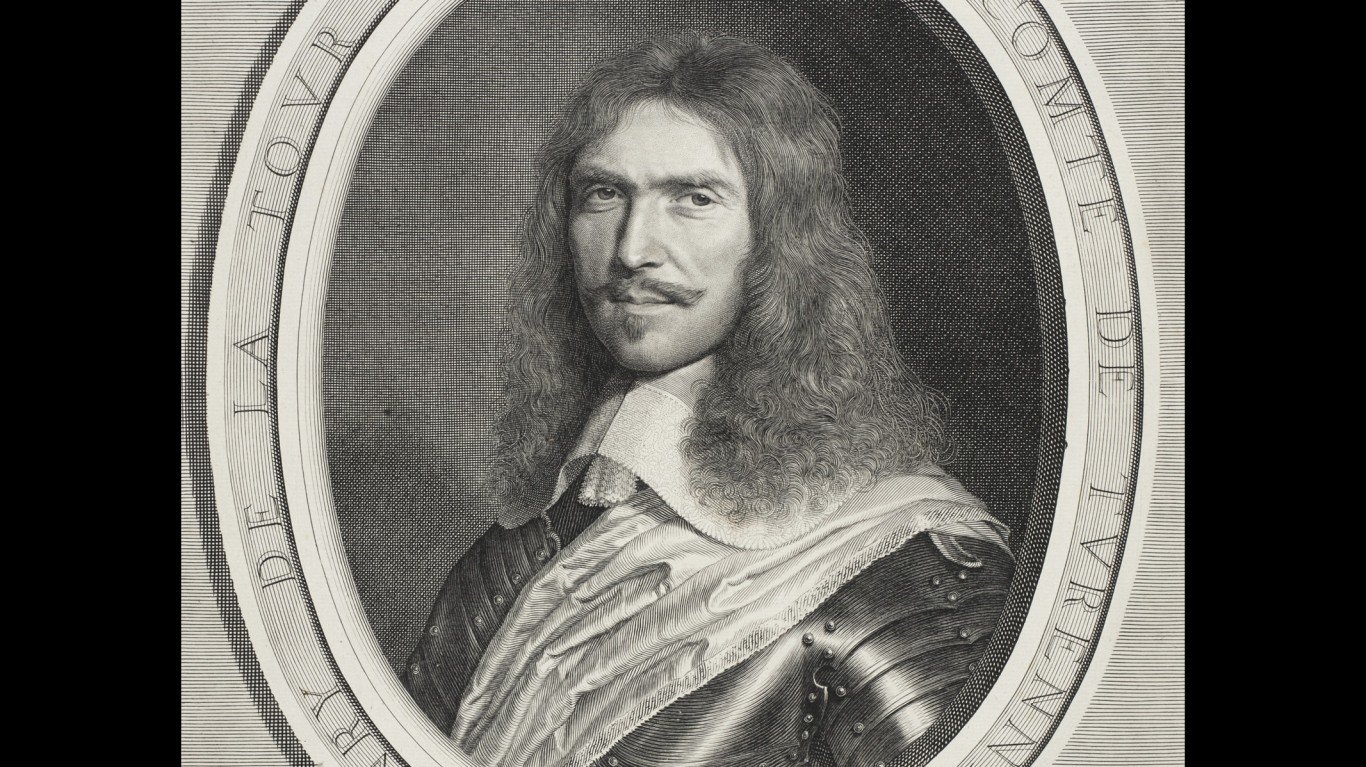
- Title: Marshal General of France
Henri de La Tour d’Auvergne’s military exploits over his five-decade career earned him a reputation as one of the greatest military commanders in modern history, best-known for his triumphs against the Spanish. He was a profound influence on Napoleon Bonaparte, who advocated studying Turenne’s tactical writings. Appointed “marshal general of the king’s camps and armies” by Louis XIV in 1661 Turenne served both King Louis XIII and King Louis XIV. He died from wounds inflicted by a cannonball during the Franco-Dutch War, at the age of 64.
Frederick the Great (1711-1786)
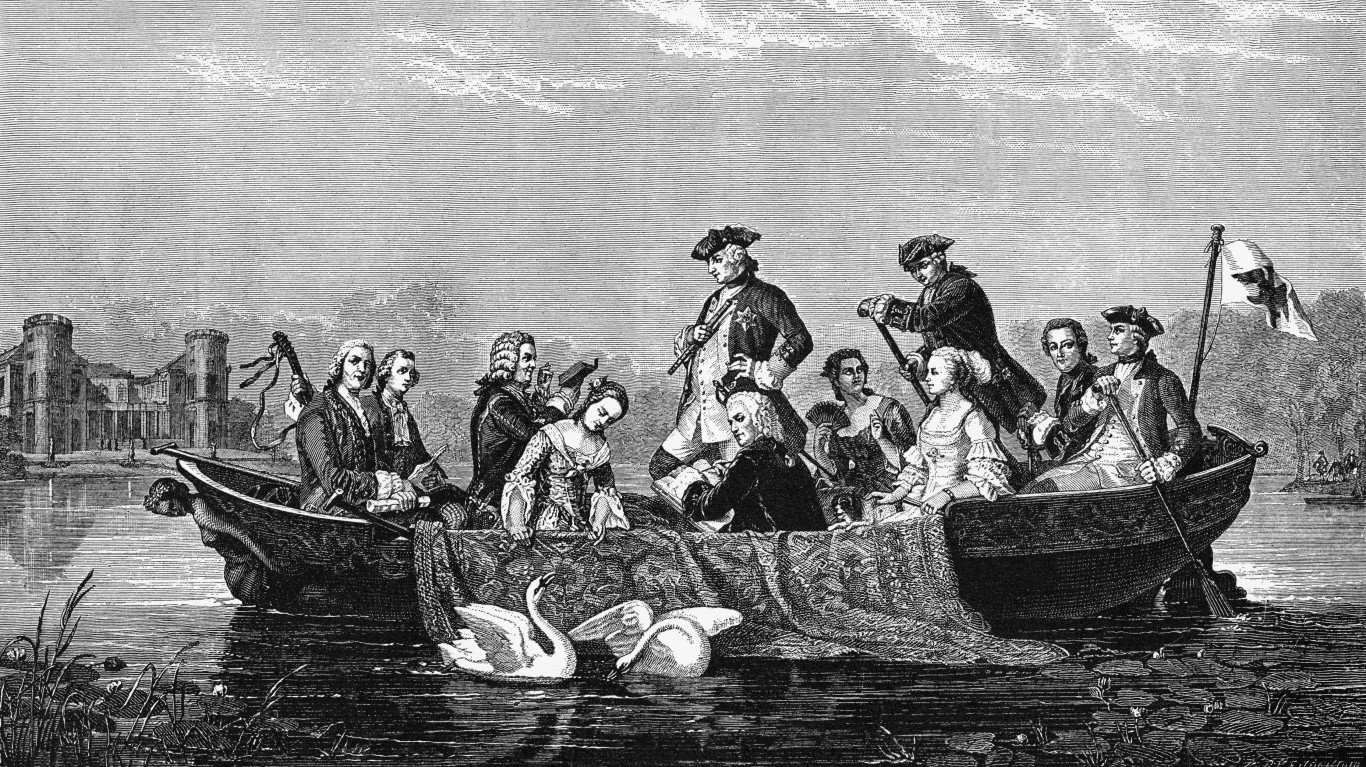
- Title: Prussian emperor and military leader
Renowned for his groundbreaking military strategies, Frederick the Great projected Prussian military power and elevated his nation to a dominant position 18th century Europe. Frederick’s governance was driven by his focus to increase the strength of the state and the size of the army. His leadership transformed Prussia into a great military power, characterized by effective battlefield leadership and iron discipline.
Prince Mikhail Illarionovich Golenishchev-Kutuzov (1745-1813)
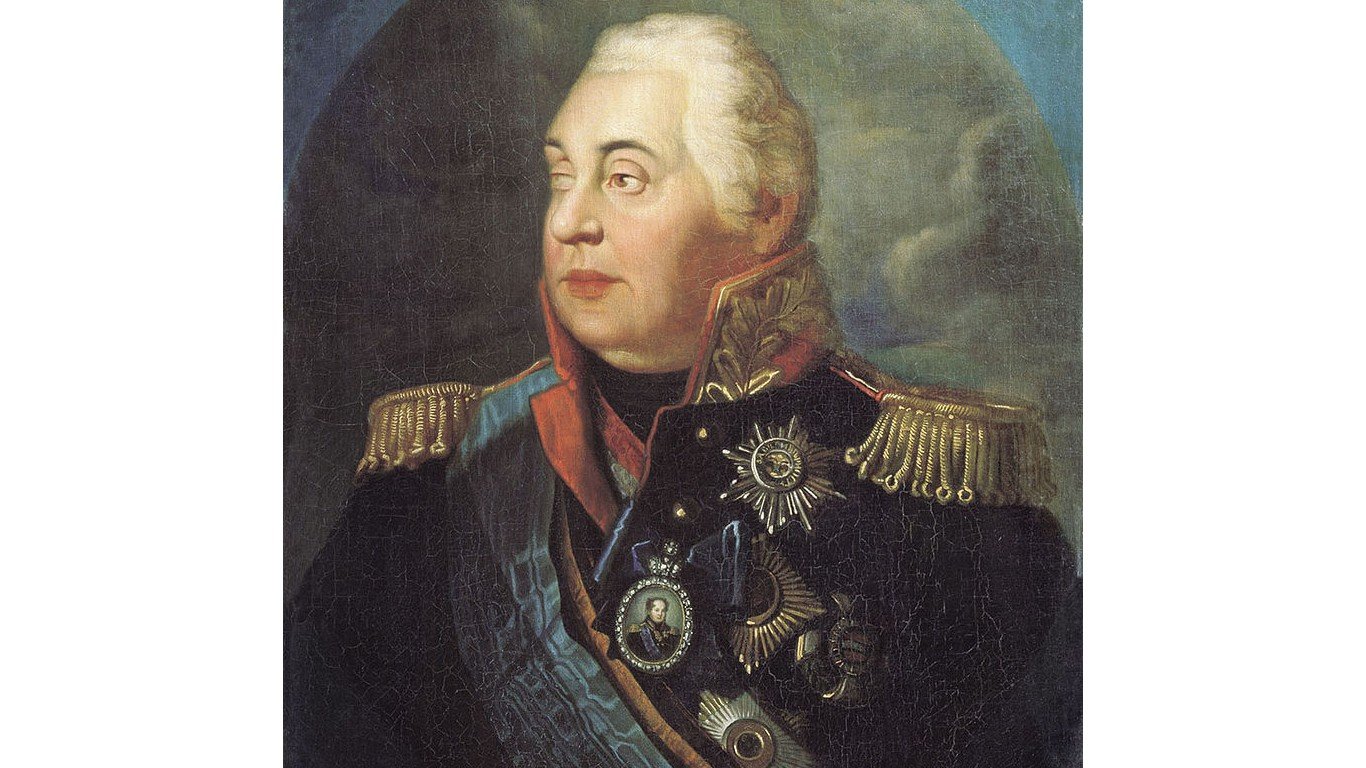
- Title: Russian marshal
To many Russians, Prince Mikhail Illarionovich Golenishchev-Kutuzov was the savior of their nation. Renowned for his military reforms, Kutuzov’s implementation of a scorched-earth strategy, and his decisive actions, particularly during the Battle of Borodino in 1812, inflicted heavy losses on the French forces. His relentless pursuit of Napoleon’s army following their from Moscow ultimately led to France’s downfall. Kutuzov’s campaign pushed the French into Poland and Prussia, where he died from disease in 1813.
Baron Carl Gustaf Emil Mannerheim (1867-1951)

- Title: Finnish commander-in-chief
Baron Carl Gustaf Emil Mannerheim stands as one of the unsung heroes of the 20th century. He orchestrated the triumph of anti-Bolshevik forces in the Finnish Civil War following Finland’s declaration of independence from Russia. Leading defense forces at the age of 72, during the Winter War of 1939-1940, Mannerheim masterminded the Finnish resistance against the initial Soviet invation, despite being outnumbered. Temporarily allied with Nazi Germany, he fought in the invasion of the USSR called the Continuation War.
Ferdinand Foch (1851-1929)
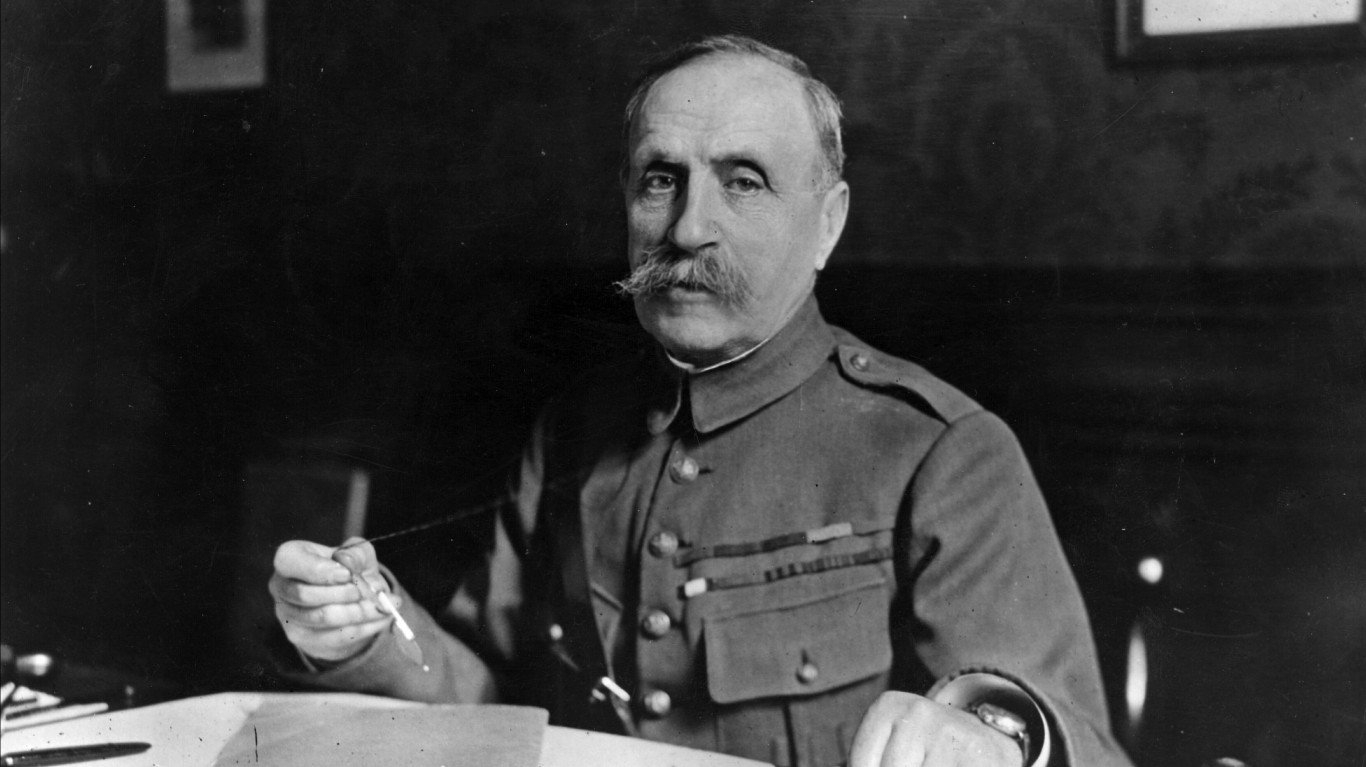
- Title: French Supreme Allied Commander
Ferdinand Foch, a veteran of the Franco-Prussian War since 1870, was a general and military strategist who earned a reputation as an astute tactician. He stopped the advance of the Germans at the First Battle of the Marne in 1914 and, after assuming the role of France’s Supreme Allied Commander, was triumphant at the Second Battle of the Marne four years later. He went on to help lead the unified forces of France, Great Britain, and the U.S. to victory over the German Empire.
Tōgō Heihachirō (1848-1934)

- Title: Japanese admiral
Japanese Admiral Tōgō Heihachirō studied naval strategy with Britain’s Royal Navy in the 1870s. At the age of 56, he led the Japanese fleet to victory over the Russian Navy’s Baltic fleet in the Battle of Tsushima during the Russo-Japanese War (1904-05). This victory, aloong with other Japanese achievements, led to Japan’s victory over Russia, the first instance of an Asian power prevailing over a Western nation in warfare. The consequences would be far-reaching, boosting Japan’s influence in Asia and significantly expanded its imperial ambitions.
Geronimo (1829-1909)

- Title: Native American leader
Geronimo, revered as an Apache medicine man rather than a chief, was the most feared Native American leader of the 19th century. His use of ingenious guerrilla tactics enabled him to elude capture by the American army for over two decades. Despite being restricted to a reservation, he managed to evade captivity on three separate occasions. In 1886, at age 57, he became the last Native American leader to formally surrender to the United States military. He spent the remaining 23 years of his life as a prisoner of war.
Arthur Wellesley, 1st Duke of Wellington (1769-1852)
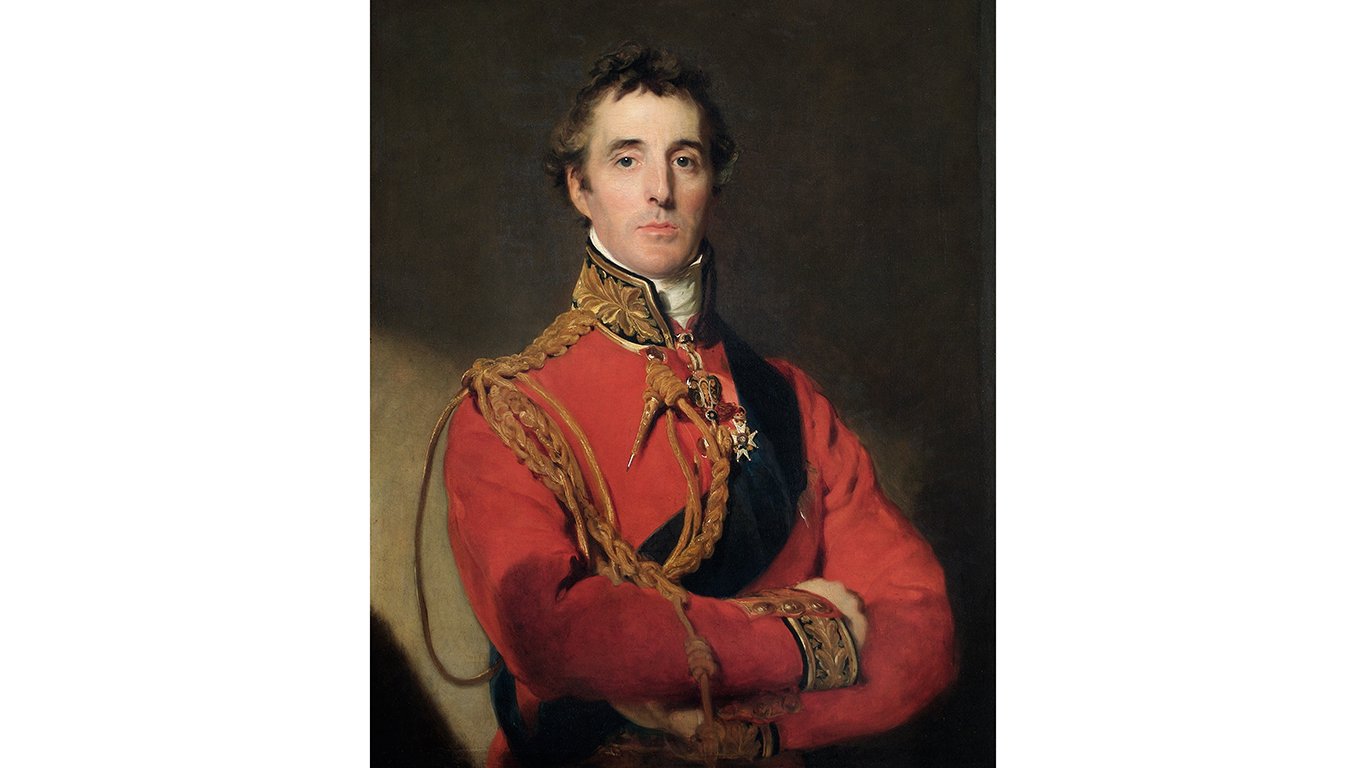
- Title: British commander-in-chief
The Duke of Wellington, famously nicknamed the “Iron Duke,” orchestrated one of Great Britain’s greatest military triumphs at Waterloo in 1815, where, with Prussian assistance, The British defeated Napoleon Bonaparte. The victory ended Napoleon’s reign in France and ushered in the Pax Britannica, a nearly century-long era without major European conflicts. Wellington’s military success at Waterloo, preceded by triumphs in India and on the Iberian Peninsula, propelled him into the role of prime minister in 1828. In 1842, after he had left political office, he served a ten-year term as commander-in-chief of the British army, remaining in that position until his passing at the age of 83.
